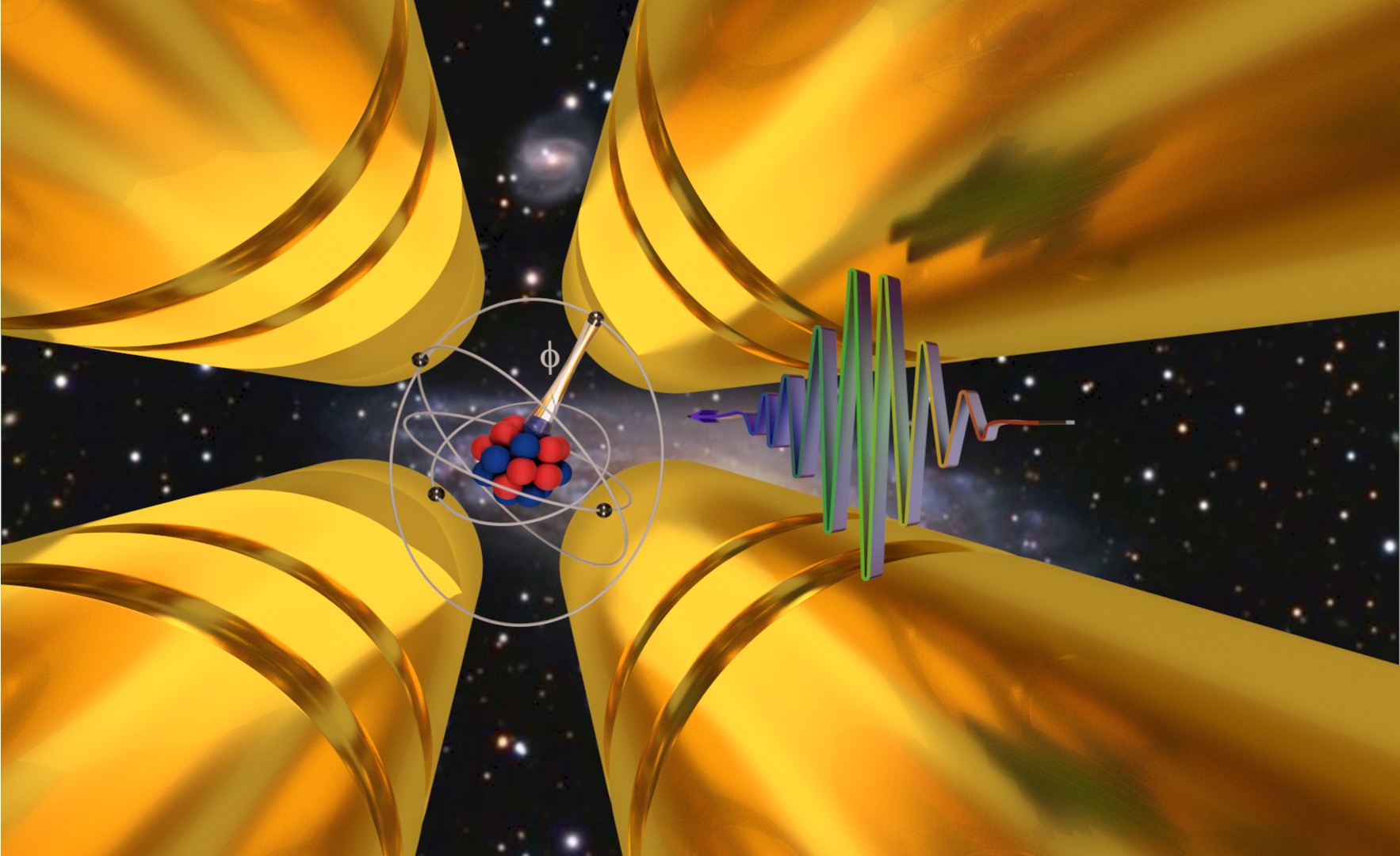Hunting for dark matter in the lab
A recent paper in Physical Review Letters presenting IFA's Cyrille Solaro from professor Michael Drewsen's workgroup as lead author, describes an attempt to fine tune the limits for how much particles constituting the dark matter can influence ordinary matter.

Astronomical observations show that the Universe contains a lot of dark matter, but in spite of by now many years of attempts and speculations, we still do not know what it is. The only way to observe the dark matter is from its gravitational influences. At the high energy labs, e.g. at CERN attempts have been made to observe indications of the unknown particles that must exist in connection to the dark matter. We also lack knowledge of other particles - maybe the same ones - explaining why only matter and no anti-matter exists and what the connection is between the mass of the Higgs particle and the Planck scale.
The masses of these unknown particles are entirely unknown, causing scientists to search almost totally in the dark, using many different methods.
Assuming that specimens of these unknown particles exist in our vicinity - i.e. in the labs, one could imagine that they would somehow affect ordinary matter in ways measurable. This is exactly the idea behind the experiments described in the new paper titled " Improved Isotope-Shift-Based Bounds on Bosons beyond the Standard Model through Measurements of the 2D3/2−2D5/2 Interval in Ca+".
In a collaboration with other researchers from the IFA Ion Trap group led by professor Michael Drewsen and from University of New South Wales in Sydney, Fermilab and University of Chicago in the USA Cyrille Solaro reports a successfull attempt to limit the coupling between dark matter and normal matter by measuring the isotopic shift for electronic transitions in selected atoms. The results are almost one hundred times more precise than previous attempts.
The authors also describe how this method in the near future will become much more precise, thus hopefully enabling the group to directly measure the presence of dark matter particles in the lab. With this in mind the ion trap group has initiated a collaboration with Prof. Hua Guan, Chinese Academy of Sciences, Wuhan, China.
The paper in Physical Review Letters has been specially promoted as "Editors Suggestion", and also the online portal "Physics" for American Physical Society has given the paper special mention
